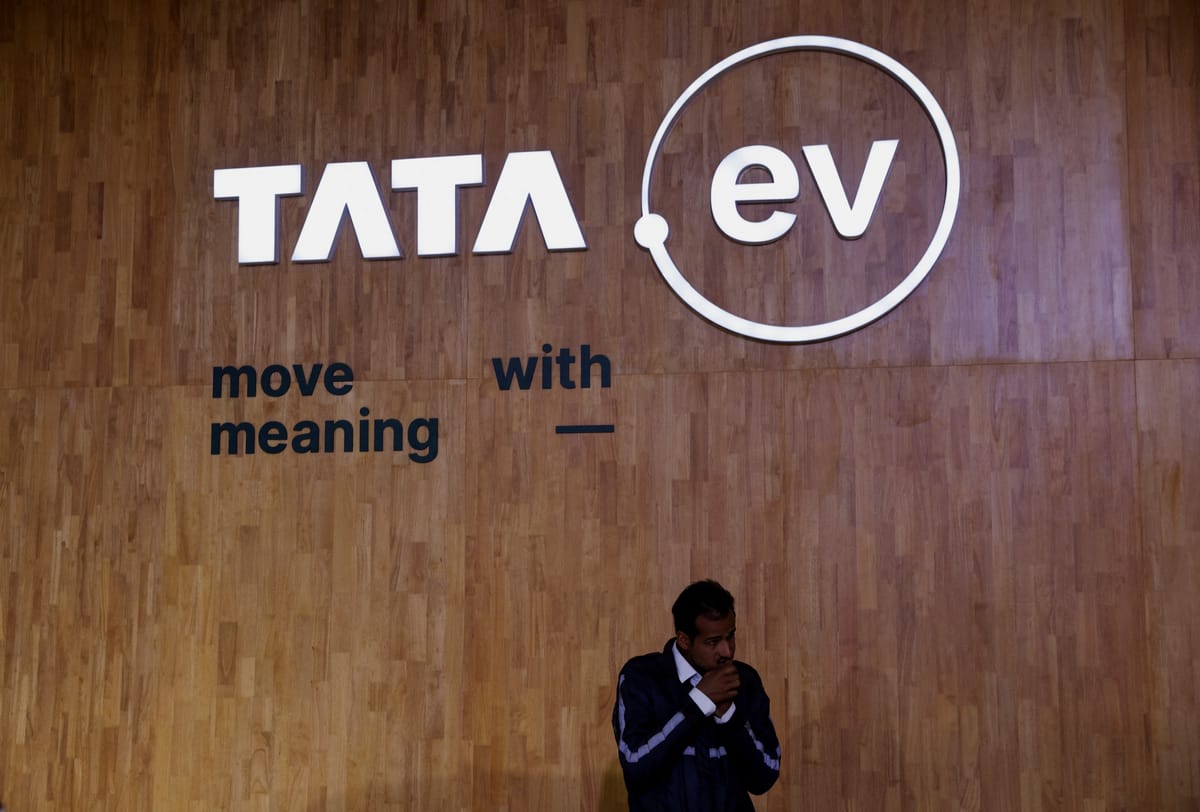India’s chip strategy is paying off with US$21 billion in proposals
There is reportedly US$21 billion worth of semiconductor proposals on the table.

A few minutes every morning is all you need.
Stay up to date on the world's Headlines and Human Stories. It's fun, it's factual, it's fluff-free.
The backstory: Artificial intelligence (AI) is on the rise across the globe, with companies racing to develop and train this advanced technology. And one of its key components is semiconductors (or chips). Chips are used in most everyday electronics, from mobile phones to refrigerators and cars. And with the recent boom in AI, chips are in super-high demand.
The surge in demand (on top of other supply chain issues) in 2022 led to a chip shortage. Then, the US introduced export rules around the same time, restricting the sales of advanced chips and the tech used to make them to China. So, this ramped up efforts to boost domestic chip production in China and in countries like the US and Japan.
Currently, the largest chipmakers are based in East Asia, with Taiwan, South Korea, Japan, and China in the top five and the US in fourth place. But India also stands to become a key player. It has over 5 million programmers and is on track to be one of the largest pools of AI talent for startups and global businesses. Last year, India announced plans to become a major chip player, aiming to attract foreign firms to set up operations and invest in the country. Then, the next step would be to form alliances with other key semiconductor nations, like the US. India's Prime Minister Narendra Modi also hopes to gain traction in the smartphone industry with this plan, too.
More recently: Part of India's incentives to boost chipmaking in the country was for the government to cover half the cost of any approved projects, with an initial budget of US$10 billion set aside. But an agreement for a joint venture between a local metals-to-oil firm Vedanta Resources and Taiwan's Foxconn Technology Group to set up a semiconductor plant in India fell through last year when Foxconn backed out.
The development: But now there's some movement on India's chipmaking plans. There is reportedly US$21 billion worth of semiconductor proposals on the table, and the government is evaluating them to figure out how to assign taxpayer support between foreign chipmakers, local ones, or a mix of the two.
Proposals are coming in from companies like Israel's Tower Semiconductor for a US$9 billion plant and India's Tata (operating the country's biggest smartphone component plant) for a US$8 billion chip factory, according to people familiar with the matter speaking to Bloomberg. Modi's administration will make its decisions over the coming weeks.
The government's financial incentives are also helping Apple make and export billions of dollars in iPhones from India, while Alphabet's Google is preparing to assemble phones in the country this year. India is positioning itself as a key player in the semiconductor industry, attracting the US amid geopolitical tensions with China by presenting itself as an alternative manufacturing hub with a stable democracy and a reliable tech sector.
Key comments:
"I can safely tell you that the names that you mentioned have submitted these big, very credible, very significant investment proposals. There are other announced proposals by Tata as well in the fab. We see this happening in a very, very quick short term," said India's Minister of Electronics and IT Rajeev Chandrasekhar to Press Trust of India.
"Our prime minister's ambition is to get to the top of the peak. So whatever I say pre-budget, whatever our views of the budget, are aimed at taking our success and taking it further. We believe and our prime minister has a clear vision that we want to do USD 300 billion of electronics manufacturing by the year 2026-27," Chandrasekhar said.




Comments ()